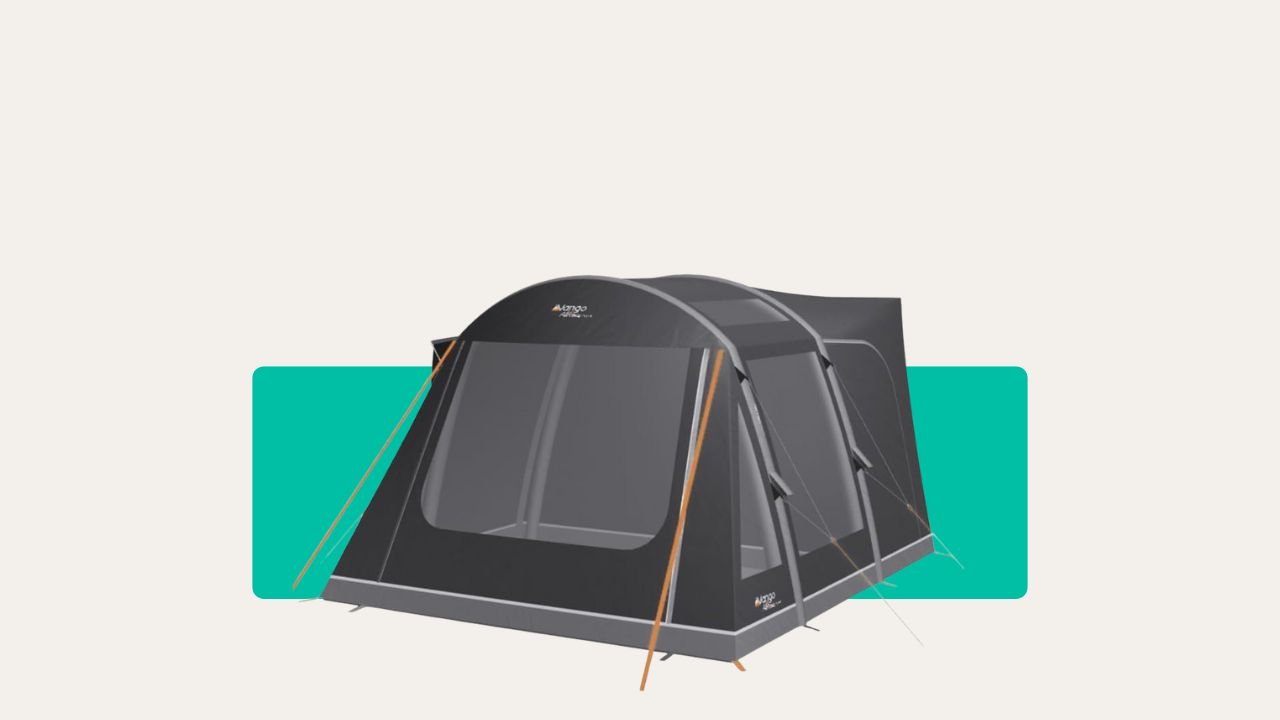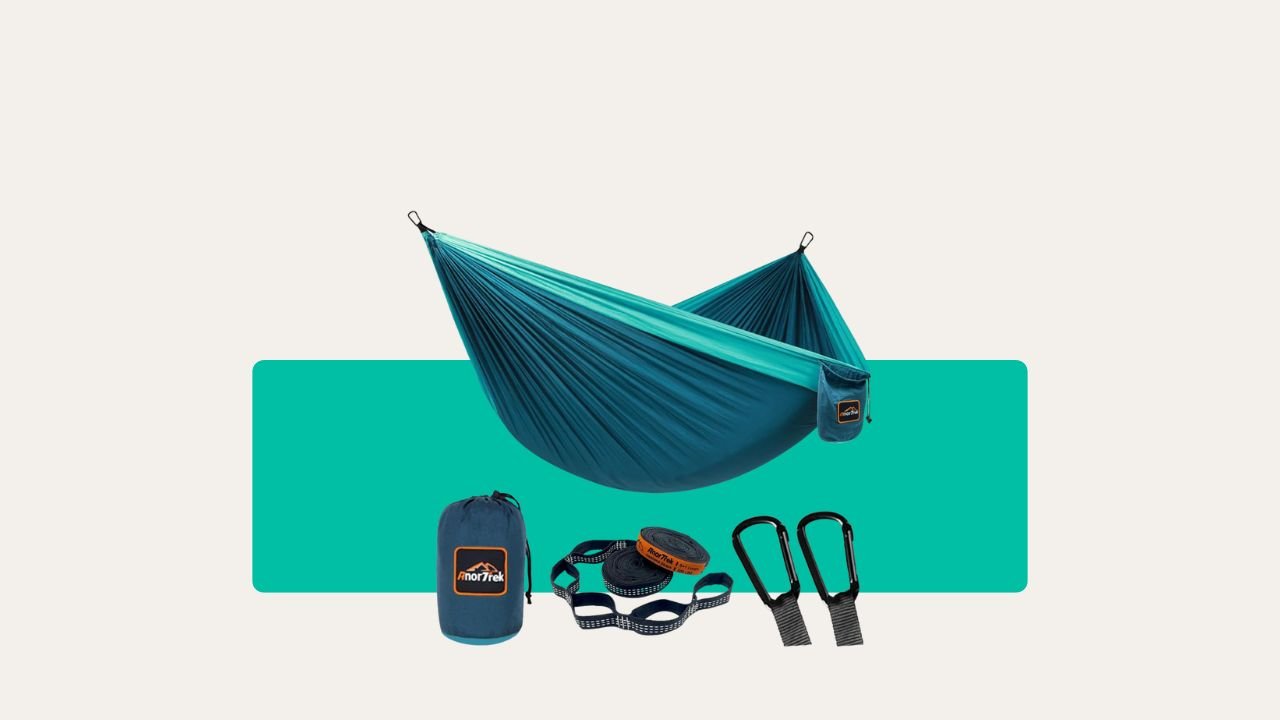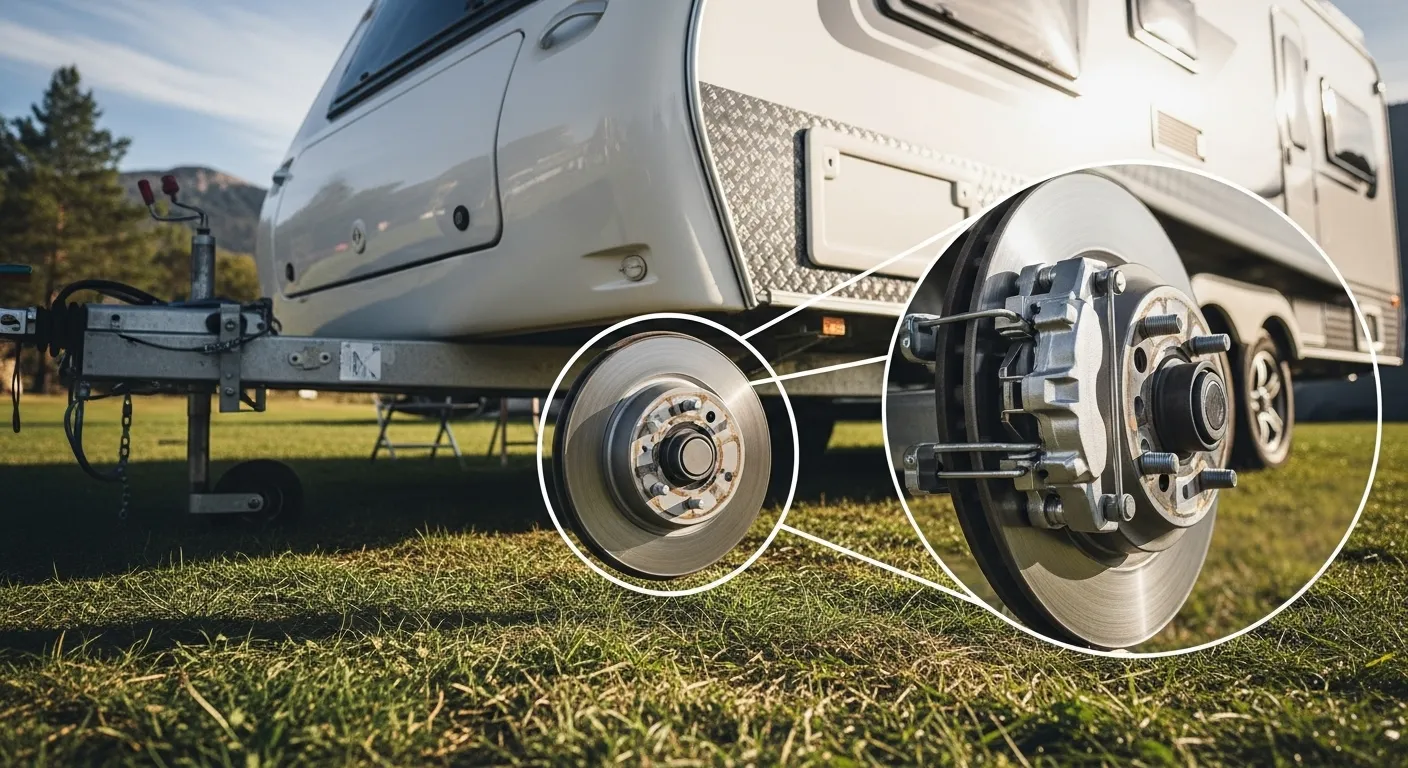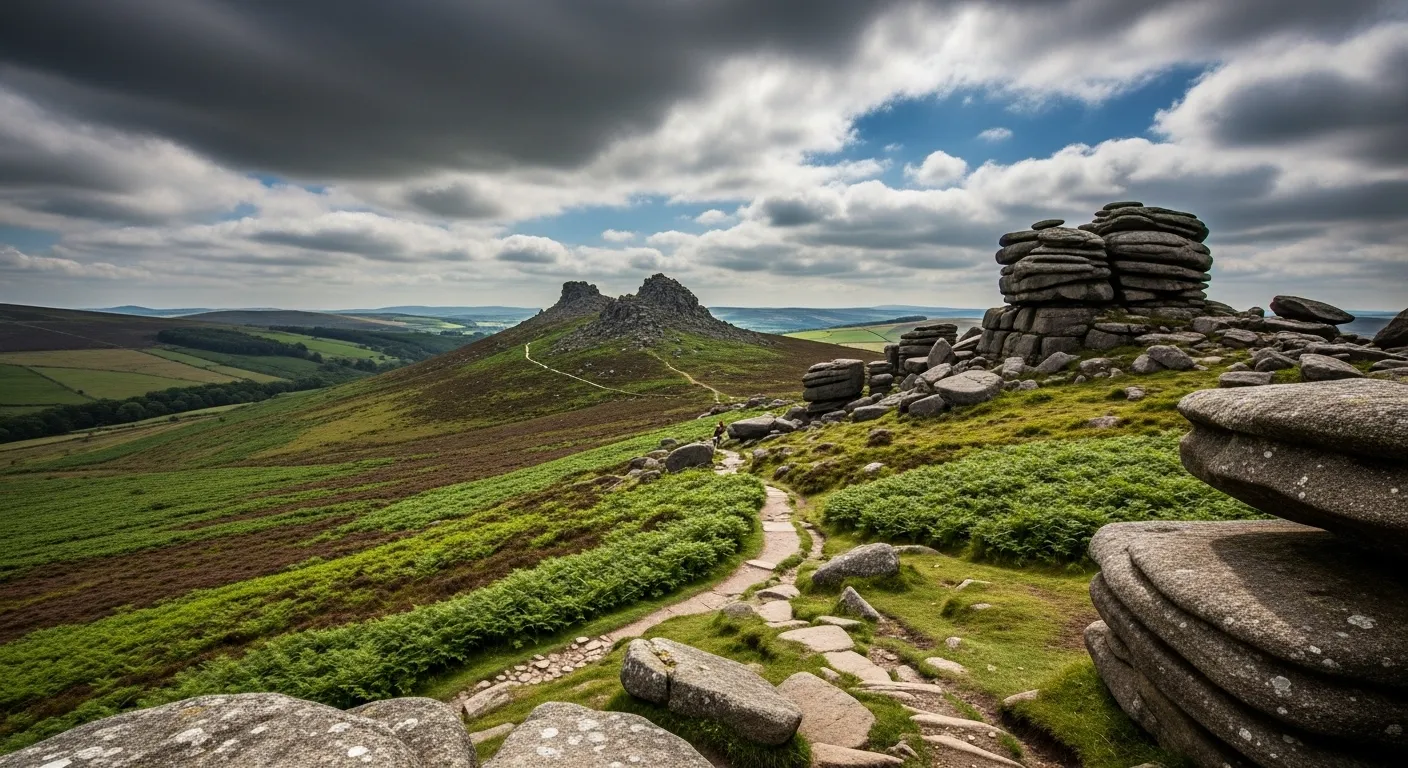When exploring the stunning landscapes of Scotland, one cannot help but encounter the notorious midges. These tiny insects are a common sight, especially in the Scottish Highlands during the summer months.
Midges might look harmless, but when they come out in force, they can turn a peaceful wild camp into a full-blown misery fest. So, before you plan that dreamy trip to Scotland, you should prepare well, so you’re not met with surprises.
In this guide, we will show you some of the worst places for midges in Scotland. You will understand why they are so common in such areas and ways you can repel them so they don’t ruin your trip.
If you want the scenery without the itch, keep reading.
Worst Place for Midges in Scotland
Let’s be honest – if you’re heading to the Scottish Highlands in summer, you’re bound to meet the midges. But some places are worse than others. Here are a few spots where these tiny biters tend to come out in full force:
1. Glencoe
Glencoe is one of the most breathtaking valleys in Scotland, but don’t let the scenery distract you – it is also a haven for midges. The still, humid air and boggy terrain are basically a dream setup for them. If you're wild camping or hiking here in the summer, bring repellent. Lots of it.
2. Loch Lomond and The Trossachs National Park
This is another popular tourist destination in Scotland. Beautiful? Yes. Peaceful? Sometimes. Midge-free? Not a chance in summer. The mix of woodlands, calm water, and shaded trails makes this national park a perfect breeding ground for midges. It’s no surprise they swarm walkers and campers alike.
3. Fort William
Known as the outdoor capital of the UK, Fort William attracts hikers and adventurers from all over. But it also attracts midges, especially during still evenings around the lochs and moorlands. Midges love company, it seems.
4. Great Glen
Running from Fort William to Inverness, this stunning route includes rivers, lochs, and lush greenery – basically midge paradise. Expect them in high numbers, especially if you're stopping anywhere near water.
5. Isle of Skye
Remote, magical, dramatic… and full of midges. Skye’s west coast location, combined with wet weather and sheltered glens, makes it a hotspot. Even locals keep midge nets handy.
6. The Highlands and Islands in general
If it’s high up, remote, wet, and wild, you can bet the midges will be there. The northern Highlands, Inner Hebrides, and pretty much any forested or lochside spot can turn into a no-fly zone for comfort.
7. Anywhere near water
Whether you’re beside a loch, river, or even a quiet stream, midges aren’t far. They love moisture, and they’re not fussy. A still body of water in July? Consider it a midge magnet.
So, are midges unavoidable? Not quite. The good news is that a bit of wind (over 5mph, to be exact) keeps them grounded. That’s why open, breezy spots – or the Lowlands – tend to be far more pleasant. But if you’re heading to one of the places above during midge season (June to September), come prepared. Your future self will thank you.
So What Are Midges?
Midges. Midgies. Wee beasties. Whatever you call them, they’re tiny and mighty annoying.
If you’ve never met one, imagine a mosquito, but on a serious diet. Scottish midges are only about 1-3mm long, so small they look like a grey blur until they land on your arm. Unlike mozzies, they don’t buzz around with that tell-tale whine. They’re sneaky. Silent. And they travel in swarms.
Now, here’s where it gets personal. Only female midges bite. The males? They’re chill. They’d rather sip nectar and enjoy the flowers. But the ladies? They’re out for blood – literally. Not because they’re mean, but because the protein in our blood helps them grow their eggs.
These wee biters thrive in damp, boggy places like the Scottish Highlands. All that moss and wet soil is perfect for laying eggs. And when the temperature’s just right and the air is still, they rise up like tiny clouds, drawn to the carbon dioxide we breathe out. Yep, just breathing makes you a target.
And here’s a lovely detail: if you see one that’s red, it’s probably just had a meal… of someone’s blood. Maybe yours.
So while they might seem harmless at first glance, those bites can be itchy, swollen, and downright miserable. That’s why it pays to understand them and prep accordingly. Because trust us, scratching all day is no way to enjoy the Highlands.
The Life Cycle of a Midges
The life cycle of a midge begins with the female laying her eggs on the water's surface, or in some cases, attaching them to aquatic vegetation. These eggs hatch into larvae, which then go through several stages of development, feeding on organic matter and algae in the water.
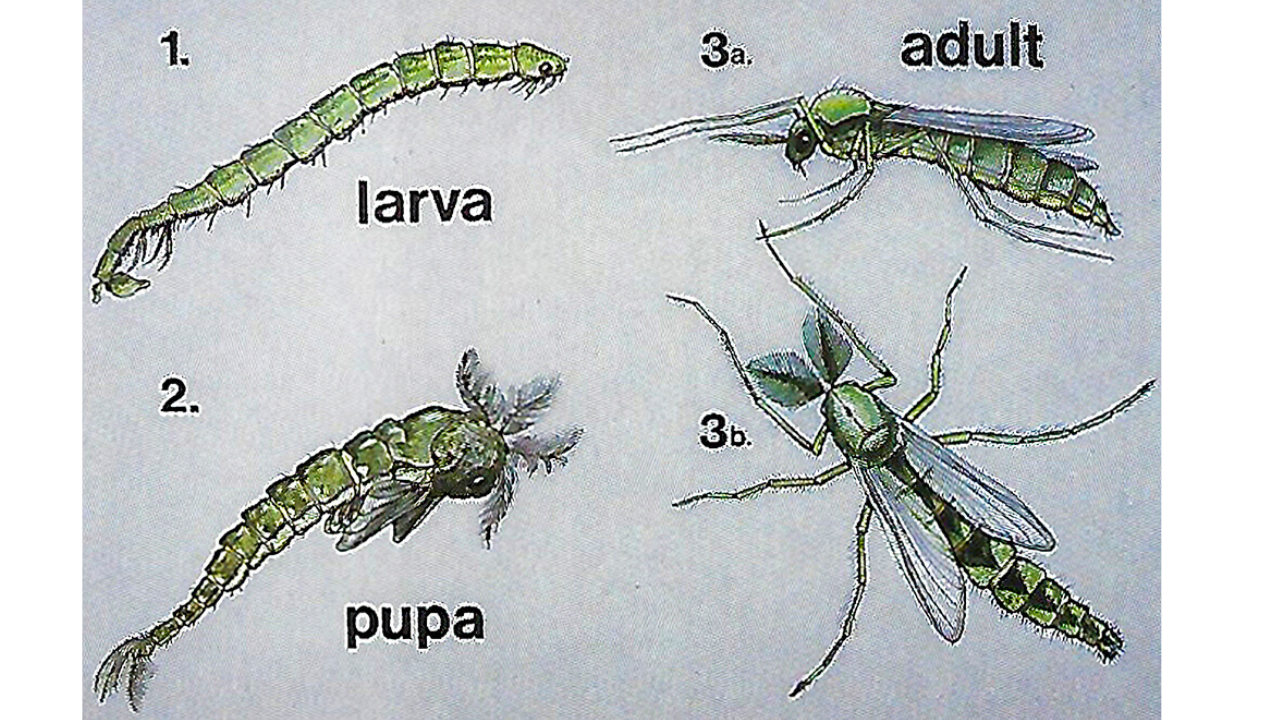
After a period of growth and metamorphosis, the larva pupates and eventually emerges as an adult midge. The adult midge typically only lives for a few days or weeks, during which time they mate and the females lay their eggs, beginning the cycle anew.
Midge larvae play an important role in aquatic ecosystems as a food source for fish and other aquatic animals, while adult midges serve as pollinators for various plants. This life cycle allows midges to contribute to the overall health of their ecosystems while also perpetuating their own species.
When Is Midge Season in Scotland?
If you're planning a trip to the Highlands, timing is everything, especially when it comes to midges.
Midge season in Scotland can stretch from late April all the way to early October. That’s a long time to be on the lookout. But the worst of it? That usually hits between mid-June and the end of August, when the weather is warmer and the days are long.
Here’s a quick breakdown:
- Full season: Late April – Early October
- Peak season: Mid-June – August
- Worst times of day: Early morning and evening (when it’s still and muggy)
- Their favourite weather: Warm, humid, and no wind
Basically, if you're standing still by a loch at 7 a.m. in July with no breeze, you’re their ideal buffet.
So what’s the trick? Watch the forecast. A bit of wind can work wonders (they can’t fly in more than 5mph breeze), and colder or very dry spells tend to keep them away. If you're visiting during peak season, don’t panic – but do come prepared.
Are Scottish Midges Dangerous?
Nope – not really. But they are annoying.
Scottish midges won’t give you malaria, dengue, or anything exotic. They’re more of a nuisance than a threat. Their bites can itch like mad and might cause a bit of swelling, especially if you react to them. For most people, it's nothing a dab of cream won’t fix.
But if you’re someone who’s sensitive to insect bites, the reaction might be a bit more intense – think big red bumps or even blisters. In rare cases, a severe allergic reaction can happen, so it’s always wise to keep antihistamines on hand or speak to a pharmacist before your trip.
How to Avoid Midges in Scotland
Let’s be real – you’re probably not going to completely avoid midges if you're in the Highlands during summer. But with a few smart moves, you can keep the wee beasties at bay and still enjoy the outdoors.
1. Wear insect repellent (and not the weak stuff)
Go for one with DEET – midges hate it. You’ll find sprays, wipes, and roll-ons in most outdoor shops. Just remember to reapply if you’re sweating or out for a long hike.
2. Dress like a ghost, not a ninja
Midges are drawn to dark colours, so ditch the black hoodie and opt for light greys, whites, or beige. Add in long sleeves and trousers, and you’ve got yourself a built-in midge shield. They can’t bite through most fabrics, so it really works.
3. Time your outings right
Avoid early mornings and evenings, especially when the air is still. That’s peak midge time. They also thrive in warm, damp weather. So, if it's a dry, breezy day, go wild. Or better yet, plan your trip outside of June to August, or aim for colder months if you don’t mind a bit of chill.
4. Get some altitude
Planning a hill walk? Excellent. Midges prefer low ground and don’t do well above 700m. So if you're heading up Ben Nevis, Cairn Gorm, or even a local summit, you’re likely to escape the swarm.
5. Hit the water
Midges hate movement and open air. So hop in a kayak, go sailing, or take a loch cruise. Places like Loch Ness, Loch Lomond, or the West Coast lochs offer beauty and breathing room from the bites.
6. Stay inside at dawn and dusk
If you're camping, these are the hours when midges go full attack mode. Shelter in your tent or van when the light fades, or layer up in repellents and protective clothing if you have to be outside.
7. Pick your rest stops wisely
Need a snack break? Avoid long grass, wet brush, or shady forest edges. Find some open, dry ground to sit. Your ankles will thank you.
Are Some People More Likely to Get Bitten by Midges?
Short answer: yes – and if you’ve ever been out with a group and come back looking like a dot-to-dot puzzle while your mate’s untouched, you’ll know the pain.
Some people just seem tastier to midges. It could be down to body temperature, sweat levels, blood sugar, or even what you’ve eaten. Nobody’s completely sure why, but midges clearly have preferences. (For the record, my dad gets absolutely devoured every time – we joke he’s basically the “main course” on any hike.)
There’s also some interesting science behind it. People who produce a natural chemical called ketone seem to get bitten less. Researchers are even looking into ways to use this as a natural repellent someday, so maybe in the future you can skip the DEET spray and still stay bite-free. Fingers crossed.
Until then, if you're one of the unlucky few midges find irresistible, best pack the repellent and wear long sleeves – you’re the buffet.
How do I treat Scottish midge bites?
Applying anti-itch creams or taking antihistamines can help alleviate the symptoms of midge bites.
Scottish midge bites are usually not serious, but they can be very itchy. Here are some tips on how to treat them:
- Wash the bite area with soap and water. This will help to remove any dirt or bacteria that could cause infection.
- Apply a cold compress to the bite area. This will help to reduce swelling and itching.
- Use an over-the-counter antihistamine cream or lotion. This will help to reduce itching and inflammation.
- If the bite is very itchy, you can take an oral antihistamine, such as diphenhydramine (Benadryl).
- Avoid scratching the bite. Scratching can break the skin and lead to infection.
If you have multiple bites or if the bites are very severe, you may need to see a doctor for prescription medication.
Here are some additional tips that may help to relieve the itchiness of midge bites:
- Apply calamine lotion or tea tree oil to the bite area.
- Take a cool bath or shower.
- Use a hydrocolloid bandage, such as a Band-Aid Blister Block bandage. This type of bandage creates a moist environment that can help to heal the bite and reduce itching.
Scottish Midge Vs Mosquito. Differences & similarities
While both Scottish midges and mosquitoes are known for their biting habits, there are differences in their behavior, preferred habitats, and appearance.
Differences
Appearance:
Scottish midges are smaller than mosquitoes, with a body length of around 2mm. They are also darker in color, with a black or brown body. Mosquitoes, on the other hand, have a body length of around 6mm and are typically lighter in color, with a yellow or brown body.
Behavior:
Scottish midges are more aggressive than mosquitoes and are more likely to bite in groups. They are also more likely to bite in daylight hours, while mosquitoes are more likely to bite at night.
Habitat:
Scottish midges are found in damp and humid areas, such as near water or in forests. Mosquitoes can be found in a variety of habitats, including urban areas.
Disease transmission:
Scottish midges do not transmit any known diseases. Mosquitoes, on the other hand, can transmit a variety of diseases, including malaria, yellow fever, and dengue fever.
Similarities
- Both Scottish midges and mosquitoes are blood-sucking insects. They use their proboscis to pierce the skin of their victims and suck their blood.
- Both Scottish midges and mosquitoes can cause itchy bites. The bites from Scottish midges are often more itchy and persistent than the bites from mosquitoes.
- Both Scottish midges and mosquitoes can be a nuisance. In large numbers, they can make it difficult to enjoy the outdoors.
Midges in Scotland FAQ
What are midges?
Midges, commonly known as Scottish midges, are small, biting flies found in the Scottish Highlands. Their midge bites are notorious for causing discomfort to visitors during the summer months.
When is the midge season in Scotland?
The midge season in Scotland typically peaks in July and August, but they can be prevalent from late spring to early autumn depending on weather conditions.
How do I avoid midges in Scotland?
To avoid midges in Scotland, consider using midge repellent, wearing midge nets, and staying indoors during dusk and dawn, when midges tend to be the most active.
Where are the worst places for midges in Scotland?
The Scottish Highlands, especially the west coast, are notorious for being the worst places for midge activity in Scotland. Areas with dense vegetation and near stagnant water are particularly prone to high midge numbers.
Can midges fly in Scotland?
Yes, midges are capable of flight and can cover short distances, particularly when seeking out female midges for mating.
How can I keep midges at bay in Scotland?
To keep midges at bay in Scotland, use a midge repellent and consider wearing a midge net to protect yourself from midge bites.
Final Note
Scottish midges might be tiny, but they sure know how to ruin a peaceful hike if you’re not prepared. The good news? With the right timing, kit, and a bit of know-how, you can enjoy the beauty of the Highlands without spending the whole trip scratching.
So don’t let the “wee beasties” put you off. Plan smart, pack light-coloured clothes, slap on some repellent, and chase the views – not the midges.



